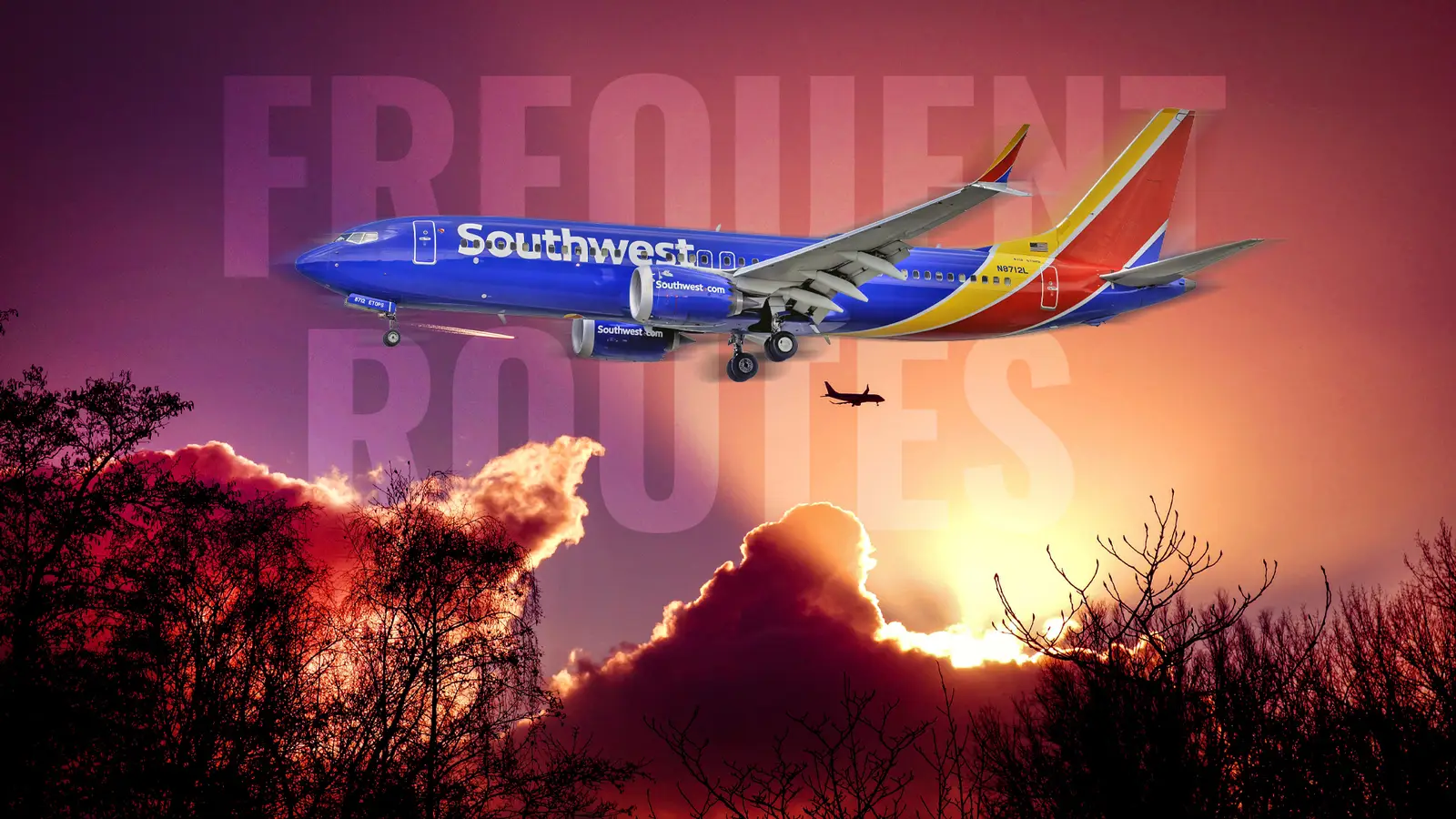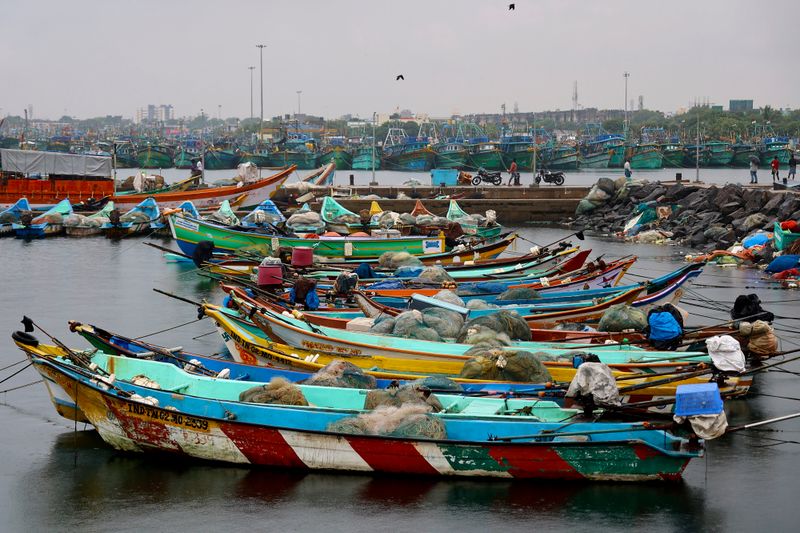Copyright Simple Flying

Southwest Airlines, the largest operator of the Boeing 737 in the world, has built its network on frequency, reliability, and a deep commitment to short-haul and medium-haul connectivity. With the Boeing 737 MAX now forming the backbone of its modernized fleet, the airline continues to optimize efficiency and capacity across both domestic and interisland routes. Data from Cirium on Southwest’s most frequent 737 MAX routes offers fascinating insight into how the carrier strategically deploys its newest aircraft to balance demand, distance, and cost. From Hawaii’s short interisland hops to major mainland trunk routes, Southwest’s MAX operations span every corner of its system. Some of the most active routes clock more than 3,000 annual flights, revealing where passenger demand, operational consistency, and fleet efficiency meet. Let’s take a closer look at how the 737 MAX shapes Southwest’s route map and performance. The 737 MAX And Southwest’s Fleet Evolution The Boeing 737 MAX 8 represents the heart of Southwest’s modernization efforts. As the airline phases out its older 737 models, the MAX offers more seats, better fuel efficiency, and improved range, key to expanding transcontinental and Hawaiian operations. With around 280 MAX aircraft in service and more on order, the jet plays a pivotal role in keeping unit costs low while meeting growing passenger demand. Operationally, the MAX allows Southwest to maintain its high-frequency model while improving sustainability metrics. The aircraft’s lower fuel burn and quieter engines fit seamlessly with Southwest’s “low-cost, high-frequency” formula. Whether serving business-heavy mainland routes or leisure-focused Hawaiian sectors, the MAX provides the flexibility and efficiency Southwest relies on. Importantly, the 737 MAX has helped Southwest expand beyond the US mainland. Its extended range enables long-haul services from California to Hawaii and beyond, something earlier generations couldn’t do as economically. The MAX isn’t just a fleet upgrade, it’s an enabler of new markets and higher profitability. Dominating The Skies Of Hawaii The most frequent 737 MAX routes in Southwest’s network are found within Hawaii. The Honolulu International Airport(HNL) – Kahului Airport (OGG) with over 3000 flights each way, Honolulu (HNL) – Kona International At Keahole Airport (KOA) and Honolulu (HNL) – Lihue (LIH) routes with just under 1900 flights each way per route, and Honolulu (HNL) – Hilo (ITO) route with just over 1850 flights each way. These short hops, averaging just over 100 miles, demonstrate Southwest’s commitment to interisland connectivity using the same aircraft that power its mainland network. Using the MAX for such short legs might seem unconventional, but Southwest benefits from operational consistency and simplified maintenance. The MAX’s seating capacity, around 175 passengers, meets demand while providing ample frequency for both locals and tourists. This approach allows Southwest to compete effectively against Hawaiian Airlines’ strong presence in the region. The data highlights how these flights dominate the airline’s MAX operations by volume, even though they contribute fewer Available Seat Miles (ASMs) due to short distances. In total, Hawaii’s interisland MAX routes account for thousands of flights annually and remain a cornerstone of Southwest’s Hawaiian expansion. Key Mainland Trunk Routes Beyond Hawaii, Southwest’s MAX jets are busiest on major domestic corridors linking large markets such as Chicago Midway (MDW), Phoenix Sky Harbor International Airport (PHX), Denver International Airport (DEN), Dallas Love Field (DAL), and Harry Reid International Airport (LAS). These routes often exceed 1,000 flights per year: Chicago Midway (MDW) – Phoenix (PHX) with 1395 flights each way and Las Vegas (LAS) – Dallas Love Field (DAL) with over 1350 flights per year, carrying more than 250,000 passengers each way annually. These city pairs represent the core of Southwest’s high-frequency, high-utilization model. The MAX’s range and efficiency make it ideal for flights between 500 and 1,000 miles, distances where turnaround times and fuel savings are crucial. The aircraft’s larger capacity also helps Southwest handle strong demand on leisure and business routes while maintaining affordable fares. Southwest’s strategic use of the MAX on trunk routes reinforces its role as both a low-cost carrier and a major national player. By optimizing utilization across major hubs and focus cities, the airline keeps aircraft in the air longer—translating into greater productivity and network resilience. While Southwest is known for shorter flights, several of its most frequent MAX routes span significant distances. Routes like Las Vegas (LAS) – Chicago Midway (MDW) with over 1450 flights on the outbound leg and Baltimore/Washington International Thurgood Marshall Airport (BWI) – Orlando International Airport (MCO) with around 1450 flights each way, stretch the MAX’s legs, covering over 1,000 miles while remaining profitable due to the aircraft’s fuel efficiency and high seating density. These cross-country routes illustrate Southwest’s evolving network strategy. The airline can now link key leisure and business destinations without sacrificing cost discipline. The MAX’s performance enables nonstop service between regions that previously required connecting flights, enhancing convenience for travelers and strengthening the airline’s competitive position. As passenger demand rebounds post-pandemic, long haul domestic routes are seeing strong growth, and the 737 MAX plays a key role in helping Southwest capture that demand. Its extended range and fuel efficiency allow the airline to compete in markets once dominated by legacy carriers, while maintaining its hallmark simplicity, no assigned seating, free checked bags, and a single aircraft type. By leveraging the MAX’s versatility, Southwest can operate longer nonstop routes efficiently, reduce costs, and strengthen its position across both leisure and business markets as travel patterns continue to evolve. The Strategic Role Of Las Vegas And Denver Two cities, Las Vegas (LAS) and Denver (DEN), stand out as major hubs for Southwest’s 737 MAX operations, serving as key anchors in the airline’s domestic network. Both airports act as vital connection points, enabling efficient aircraft utilization and broad passenger connectivity across the United States. Their prominence on several of Southwest’s top 30 most-flown routes highlights their strategic importance in supporting high-frequency operations, optimizing turnaround times, and maintaining the carrier’s hallmark network simplicity. Denver has emerged as one of Southwest’s fastest-growing bases, benefiting from its central geographic position and thriving local market. The airport’s location allows for efficient short- and medium-haul MAX flights to virtually every region of the country. Routes connecting Denver to Phoenix, Dallas, and Houston see consistent year-round demand, making them ideal for MAX deployment. Denver’s high elevation and variable weather conditions also demonstrate the aircraft’s strong performance and reliability, allowing Southwest to sustain on-time operations even in challenging environments. As traffic through Denver continues to grow, the MAX’s fuel efficiency and range will play an increasingly important role in maintaining cost-effective operations. Las Vegas, meanwhile, serves as both a high-demand leisure destination and a critical connecting hub within Southwest’s point-to-point network. The city links nearly every major Southwest focus city, from Los Angeles and San Diego to Chicago and Baltimore, reflecting its role as both a tourism magnet and a strategic link between western and central markets. Its year-round passenger flow, driven by conventions, entertainment, and vacation travel, ensures steady utilization of the MAX fleet. By operating the 737 MAX on key Las Vegas routes, Southwest enhances fuel savings and reliability while offering passengers an improved onboard experience, ultimately reinforcing its competitive position in one of the nation’s busiest air travel markets. Looking Ahead: The Future Of Southwest’s MAX Network Southwest’s 737 MAX operations reflect a delicate balance between efficiency, growth, and simplicity, the very principles that have long defined the airline’s strategy. The data highlights how Southwest continues to leverage the aircraft’s strengths across both short haul and long haul routes, maximizing operational efficiency while meeting a wide range of customer travel needs. The MAX’s versatility enables the airline to seamlessly operate everything from 100-mile interisland hops in Hawaii to 1,500-mile transcontinental connections, all while maintaining its hallmark low-cost structure. As the carrier expands its network and increases flight frequencies, we expect to see an even greater reliance on the MAX fleet. Future aircraft deliveries will not only allow Southwest to phase out older 737 variants but also unlock new market opportunities with improved economics and greater route flexibility. Enhanced reliability, advanced avionics, and superior fuel efficiency will remain key advantages as the airline navigates the challenges of a competitive and evolving aviation landscape.



